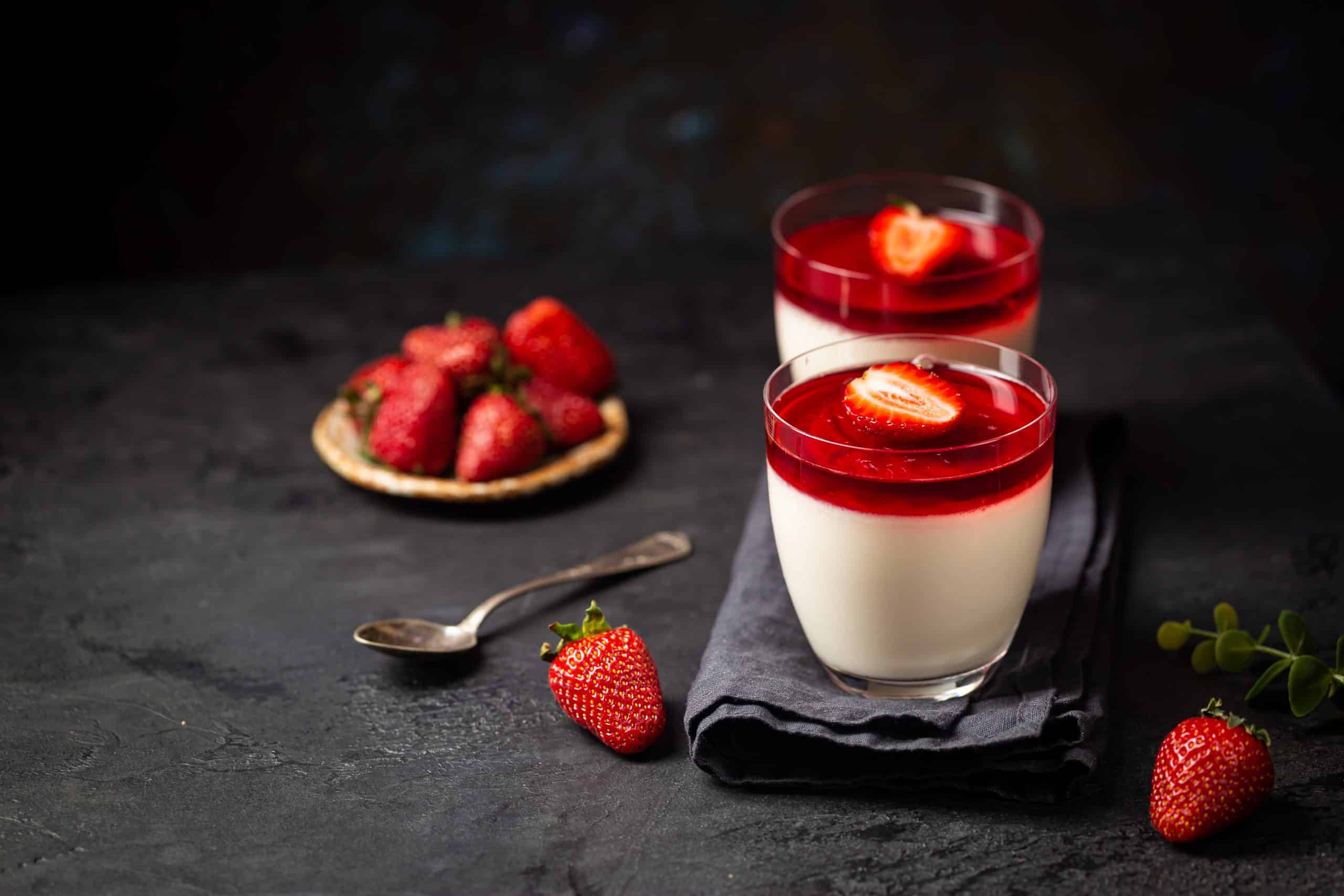How Can You Create a Luscious Red Velvet Cake with a Cream Cheese Frosting?

Imbued with a deep, rich red hue and crowned with a delectable cream cheese frosting, the red velvet cake is a classic that never goes out of style. Baking a red velvet cake is an art, a delicate dance of combining precise ingredients, measuring, mixing, baking, and finishing touches. Yet, with some patience and a clear understanding of the process, this luscious delight can be brought to life in your own kitchen.
The Origins of the Red Velvet Cake
Before we embark on the journey of creating a red velvet cake, it’s fascinating to explore its origins, understanding its history and what makes it so special.
Sujet a lire : What Are the Steps for a Silky Tiramisu with Espresso-Soaked Ladyfingers?
The red velvet cake has a rich history that dates back to the Victorian era. It was during this time that "velvet" cakes, as they were called, first emerged. The term "velvet" was used to describe cakes that had an exceptionally soft and smooth texture. The addition of buttermilk and vinegar to the batter helped to achieve this texture.
The red color, however, is a relatively recent addition. Originally, the reaction between cocoa powder and the acidic ingredients in the recipe resulted in a natural reddish-brown hue. Over time, with the development of food coloring, bakers began to enhance this color, giving birth to the vibrant red we associate with red velvet cake today.
A lire aussi : Can You Craft a Flavorful Vegan Mushroom Stroganoff with Cashew Cream?
Gathering Your Ingredients
Now that we’ve delved into the history of the red velvet cake, it’s time to gather the necessary ingredients. The key to any successful recipe is using high-quality ingredients and accurately measuring each one. For your cake, you will need:
- Flour: The foundation of any cake, flour provides structure. You’ll need two and a half cups of all-purpose flour.
- Sugar: The sweet element of the cake, you will need one and a half cups of granulated sugar.
- Cocoa Powder: Contrary to popular belief, red velvet cake does contain chocolate, albeit in a lesser amount. Two tablespoons of cocoa powder will suffice.
- Baking Powder: This is your leavening agent that will help your cake rise. One teaspoon of baking powder is needed.
- Oil: This will give your cake moisture. You will need one and a half cups of vegetable oil.
- Buttermilk: This ingredient is key to the velvet texture. One cup of buttermilk will suffice.
- Eggs: Eggs provide structure and stability. You’ll need two large eggs.
- Red Food Coloring: This gives the cake its iconic red hue. You’ll need two tablespoons of red food coloring.
- Vinegar: This reacts with the cocoa and baking powder, helping the cake rise. You’ll need one teaspoon of white vinegar.
For the cream cheese frosting, you will need cream cheese, butter, powdered sugar, and vanilla extract.
The Art of Mixing Ingredients
Now that you’ve gathered your ingredients, the next step is to combine them in the correct order and manner. The art of mixing ingredients can greatly influence the final outcome of your cake, so pay close attention to this process.
Begin by preheating your oven to 350°F (175°C), and greasing and flouring your cake pans. In a large bowl, combine your dry ingredients: flour, sugar, and cocoa powder. Stir until they are well mixed.
In a separate bowl, pour in your wet ingredients: buttermilk, eggs, oil, vinegar, and red food coloring. Mix well until they are fully incorporated. Gradually add your wet ingredients to the dry, mixing just until they are combined. Be careful not to overmix, as this can result in a tough, chewy cake.
Baking Your Red Velvet Cake
Once your batter is ready, it’s time to bake your cake. Pour the batter evenly into your prepared cake pans, then place them in the preheated oven. Bake for about 30 minutes, or until a toothpick inserted into the center comes out clean.
While your cake is baking, you can prepare your cream cheese frosting. In a large bowl, combine cream cheese and butter, beating until they are creamy and well-blended. Gradually add in your powdered sugar, continuing to beat until the frosting is smooth and fluffy. Finally, mix in your vanilla extract.
Decorating Your Cake with Cream Cheese Frosting
After your cakes have cooled completely, it’s time for the final step: decorating with cream cheese frosting. It’s the frosting that truly sets the red velvet cake apart from its counterparts, offering a rich, creamy contrast to the mildly chocolatey cake.
To start, place one layer of your cake on a serving platter. Spread a generous amount of frosting on top, then place the second layer of cake on top of the frosting. Continue this process until all of your cake layers are stacked.
Cover the top and sides of the cake with a final layer of frosting, smoothing it out with a spatula. If desired, you can use the remaining frosting to pipe decorative details onto the cake. Your luscious red velvet cake with a cream cheese frosting is now ready to be enjoyed.
Remember that baking is a labor of love, and your patience will be rewarded with every bite of this delectable treat. Happy baking!
The Science Behind the Red Velvet Cake
It’s crucial to comprehend the science behind the ingredients of a red velvet cake to master the art of baking it. Every ingredient plays a crucial role and balances out the others. The buttermilk adds a tangy flavor and interacts with the baking soda, leading to leavening and the tender crumb structure that is characteristic of velvet cakes. The cocoa powder, although used in small quantities, gives the cake its distinct chocolaty undertone.
The red food coloring is mostly for aesthetic purposes, providing the cake with its iconic red hue. However, in the past, natural cocoa, which has a deep, dark red color, was used to achieve the red tint. It’s the vinegar that activates the baking soda, leading to the release of carbon dioxide gas bubbles, which helps the cake rise. Furthermore, the oil keeps the cake moist, and the flour and eggs provide structure and firmness to the cake.
For the cream cheese frosting, room temperature cream cheese and butter are critical. Cold cream cheese or butter will make your frosting lumpy, while too warm will make it too soft. The powdered sugar adds sweetness, and the vanilla extract enhances the flavor.
The History and Evolution of Cream Cheese Frosting
Cheese frosting wasn’t always the go-to choice for red velvet cake. The original frosting for velvet cakes was made using flour, milk, and sugar, sometimes known as "roux" or "boiled" frosting. This frosting was light, fluffy, and not overly sweet. However, it was labor-intensive and required skill to prevent lumping or curdling.
Cream cheese frosting, on the other hand, gained popularity in the mid-20th century, around the same time as the resurgence of the red velvet cake. It offers a tangy counterpoint to the sweetness of the cake, and its creaminess enhances the cake’s moistness. Over time, the cream cheese frosting has become inseparable from the red velvet cake, turning into an iconic pairing in the baking world.
The Importance of Allowing the Cake to Cool
One of the most crucial steps in baking a red velvet cake — or any cake, for that matter — is allowing it to cool properly before applying the frosting. If the cake is still warm when you start to frost, the frosting will melt and slide right off, resulting in a messy cake.
Once the cake is out of the oven, let it cool in the cake pans for about 10 minutes. Then, remove the cakes from the pans and let them cool completely on a wire rack.
This cooling process not only makes the frosting process easier but also enhances the cake’s flavor and texture. The residual heat continues to cook the cake slightly, and the cooling process helps the flavors to meld and mature.
Conclusion
Baking a red velvet cake with cream cheese frosting is not just about following a recipe; it’s an experience that takes you back in time to the Victorian era. It’s a labor of love that requires patience, precision, and an understanding of the science behind it.
From gathering high-quality ingredients to meticulously combining them, baking, allowing the cake to cool, and finally, applying the creamy, tangy cream cheese frosting, each step contributes to creating a luscious, visually stunning, and equally delicious cake.
Remember, perfection comes with practice. So, don’t be disheartened if your first red velvet cake isn’t perfect. Keep baking, keep improving, and soon, you’ll master this classic delicacy.
In the end, it’s all about the joy that comes from baking and sharing your delicious creation with others. Whether it’s a celebration, a casual gathering, or just a regular day, a slice of red velvet cake with cream cheese frosting can make any moment feel special. Happy baking!
